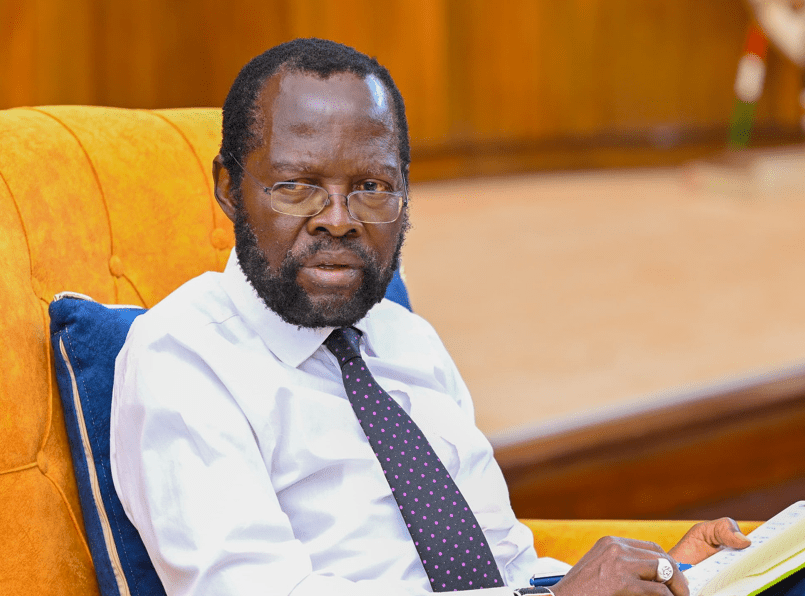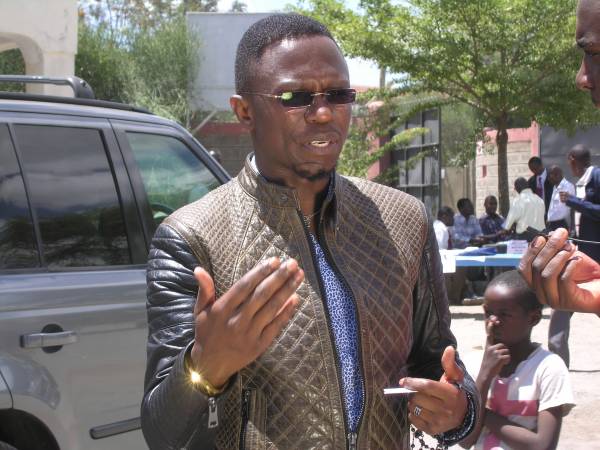Country attains 96 per cent network coverage for polls

Kenya has at least 96.4 per cent coverage of 3G or 4G network to be used in the election results transmission during the August 9 polls, the Communications Authority (CA) said yesterday.
The authority’s Director of Universal Service Fund (USF) Christopher Kemei told delegates at the ongoing National Elections Conference that the country has realised most of the required coverage adding that the remaining portion would be fulfilled in the near future.
He, however, warned that Kenyans should not expect 100 per cent network coverage because the network cannot cover each and every square kilometre.
“We have been working closely with the electoral commission and as of April, we had realised a 96.4 per cent network coverage,” said Kemei.
The Independent Electoral and Boundaries Commission (IEBC) maintained it would use technology in the voter identification and the presidential results transmission in the elections.
Commissioner Justus Nyang’aya said the commission does not anticipate any total failure of the Kenya Integrated Elections Management System (Kiems) kits to be used on polling day.
He, however, explained that should any of the kits fail, a standby backup kit would be deployed to the polling station where one has failed.
IEBC purchased 14, 100 brand new kits to be added to the 41,000 kits that were initially used in the 2017 polls but are still in good condition.
Nyang’aya said each of the kits has an internal battery designed to last for at least 12 hours, ruling out failure on account of lack of electricity or power.
“We will identify the voters through the technology – the Keims kits. The kits work offline and have a battery that can last for a maximum of 12 hours. We will only connect them to the network when transmitting the presidential votes,” said Nyang’aya.
Identifiable biometrics
The kit comprises a laptop, fingerprint scanner and a camera that captures the voter’s facial image, fingerprints and civil data or personally identifiable information among other details.
“After we have taken peoples details at the registration, we will identify the voter through the voter’s unique details captured during registration. Kiems integrates all the tolls used for registration, identification and results transmission,” said Nyang’aya.
The commission has also installed security features that will used for the protection of the hardware and information hosted therein.
In a move to ensure security of the vote, the register of voter biometric and biographical information to be used by each kit will be encrypted and stored in SD cards.
According to the commission, each Kiems kit will be locked to a particular polling station through use of QR code and each user (presiding officer) will be assigned a unique password thereby establishing accountability and responsibility.
IEBC contends that once polling starts, the Kiems kit cannot transmit the polling station results until the close of the polling.
Once the kit is opened in the morning on the poll day, it will automatically transmit information on what time it was opened and thereafter it will transmit the voter turnout statistics, at defined intervals, to the Commission’s backend.
However, panelist have challenged the Wafula Chebukati led commission to consider using block chains systems in the results transmission.
“It would solve the problem that was in 2017 about opening of the server. You don’t need IEBC to open the server because as political parties you will have a system that has a replica of what IEBC has based on the design of the block chain system. That will address the issue we have in Kenya about trust,” said ICT lecturer John Walubengo.












